By the time a product appears in the collection, it’s already gone through dozens of decisions — most of which will never be seen. A curve adjusted by a few millimeters. A joint reworked after testing. A material rejected not because it didn’t look right, but because it didn’t feel right in the hand.
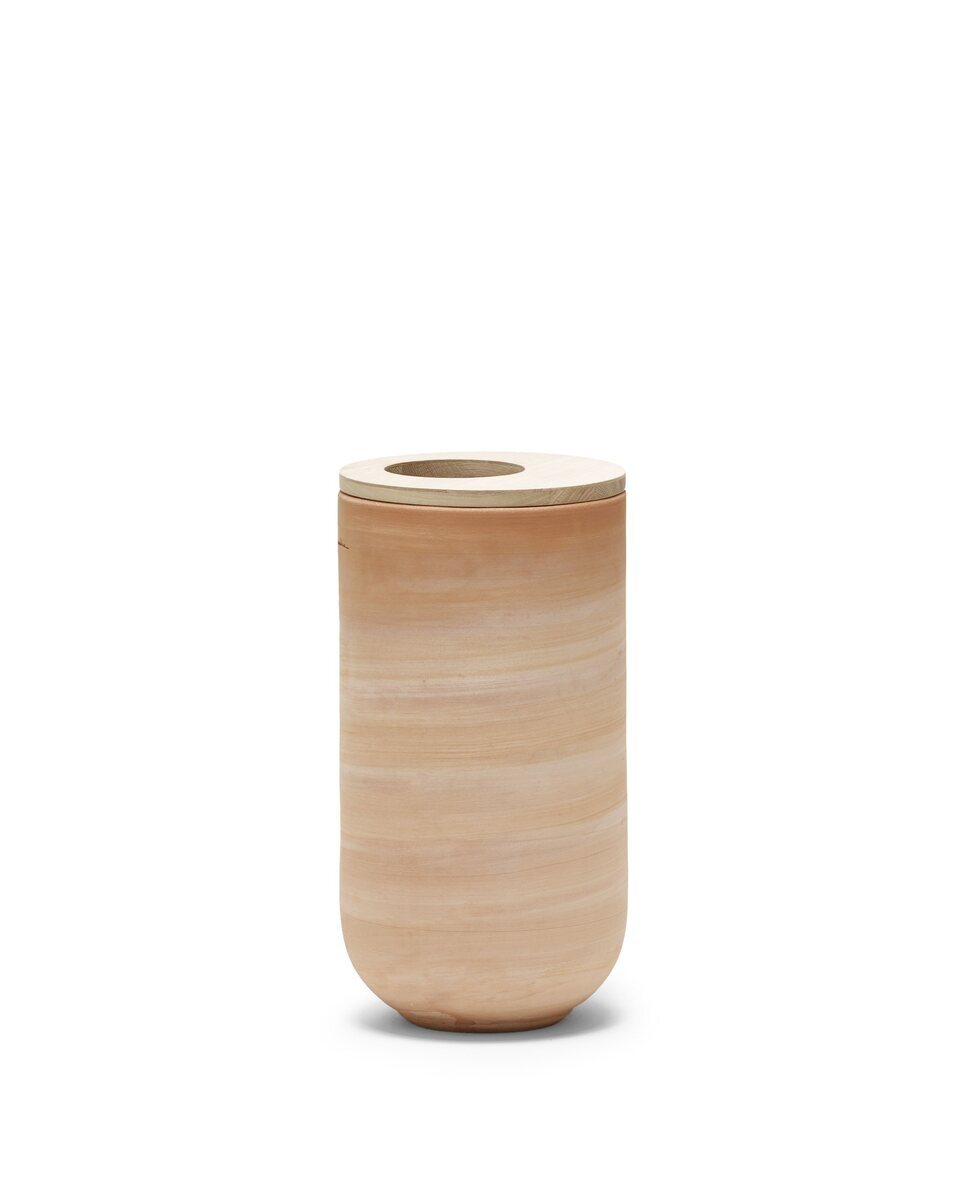
This process isn’t about perfection. It’s about restraint. Editing. Understanding when to remove a detail rather than add one. At Furnistør, we believe that good design often comes from knowing when to stop.
It starts on paper
Most of our products begin with hand sketches — loose, quick, and minimal. We don’t aim for photorealism here. The goal is to capture posture, balance, structure. How the weight is distributed. How a shadow might fall. This is where the first decisions are made — silently, intuitively.
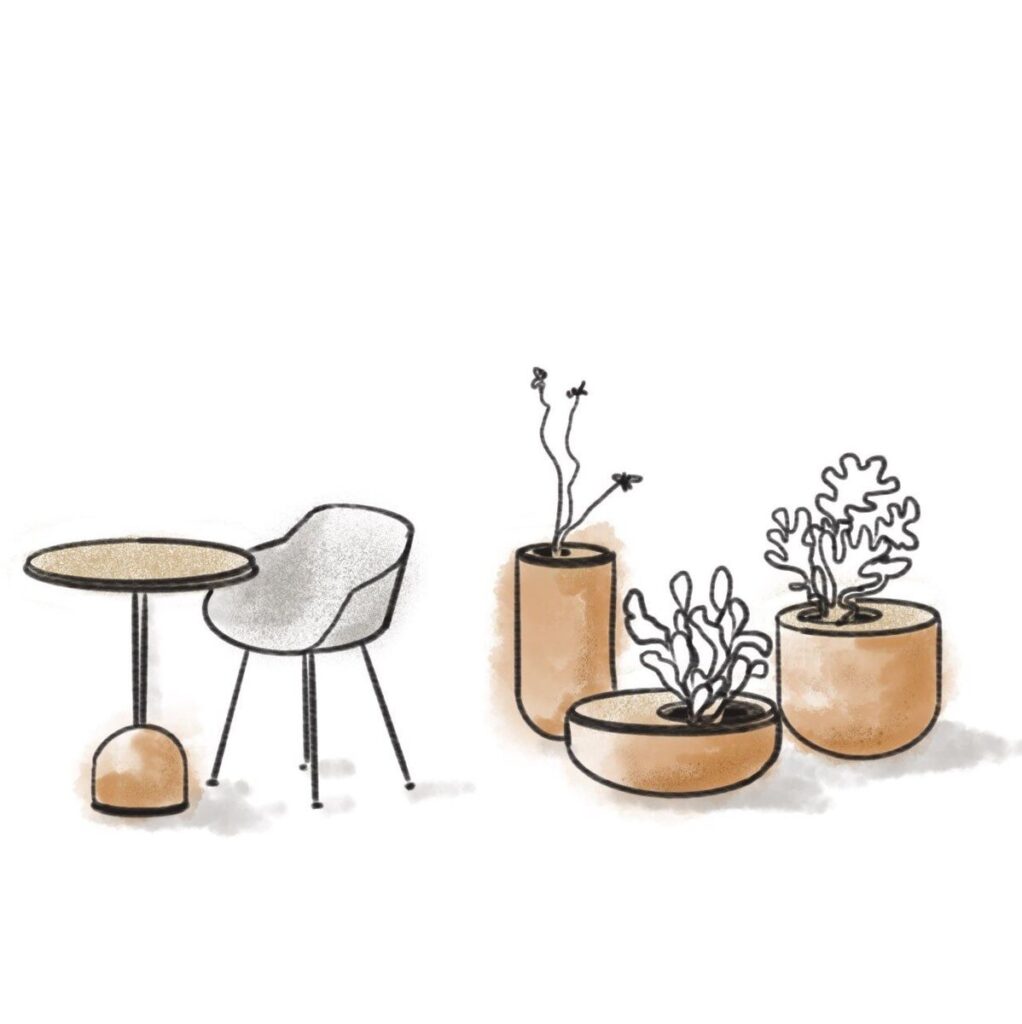
From sketch to sample, we move quickly — but only in mindset. We build physical mockups early. Cardboard. Foam. Scrap wood. These are not presentation models. They’re for testing proportions, seeing how the form interacts with space, and identifying where the tension is — too tall, too narrow, too flat.
The first prototype is never the final one. Usually not even close. We’ll remake a chair leg three or four times. We’ll spend weeks testing different finishes. Sometimes we’ll pause a design entirely, let it sit for months, and revisit it when we’ve forgotten what we were trying to force.
During this process, we bring in real context. We test pieces next to others from our collection. We place them near natural light. We check how they behave near walls, floors, windows. A piece that looks perfect in isolation may feel off when surrounded by life. That’s where refinement happens.
Decisions that define the piece
When we talk about a table’s edge, we’re not just talking about shape — we’re talking about how it interacts with light. A flat cut reflects light differently than a soft radius. A bevel changes how it feels when touched. These are small things, but they change how a piece is experienced every day.
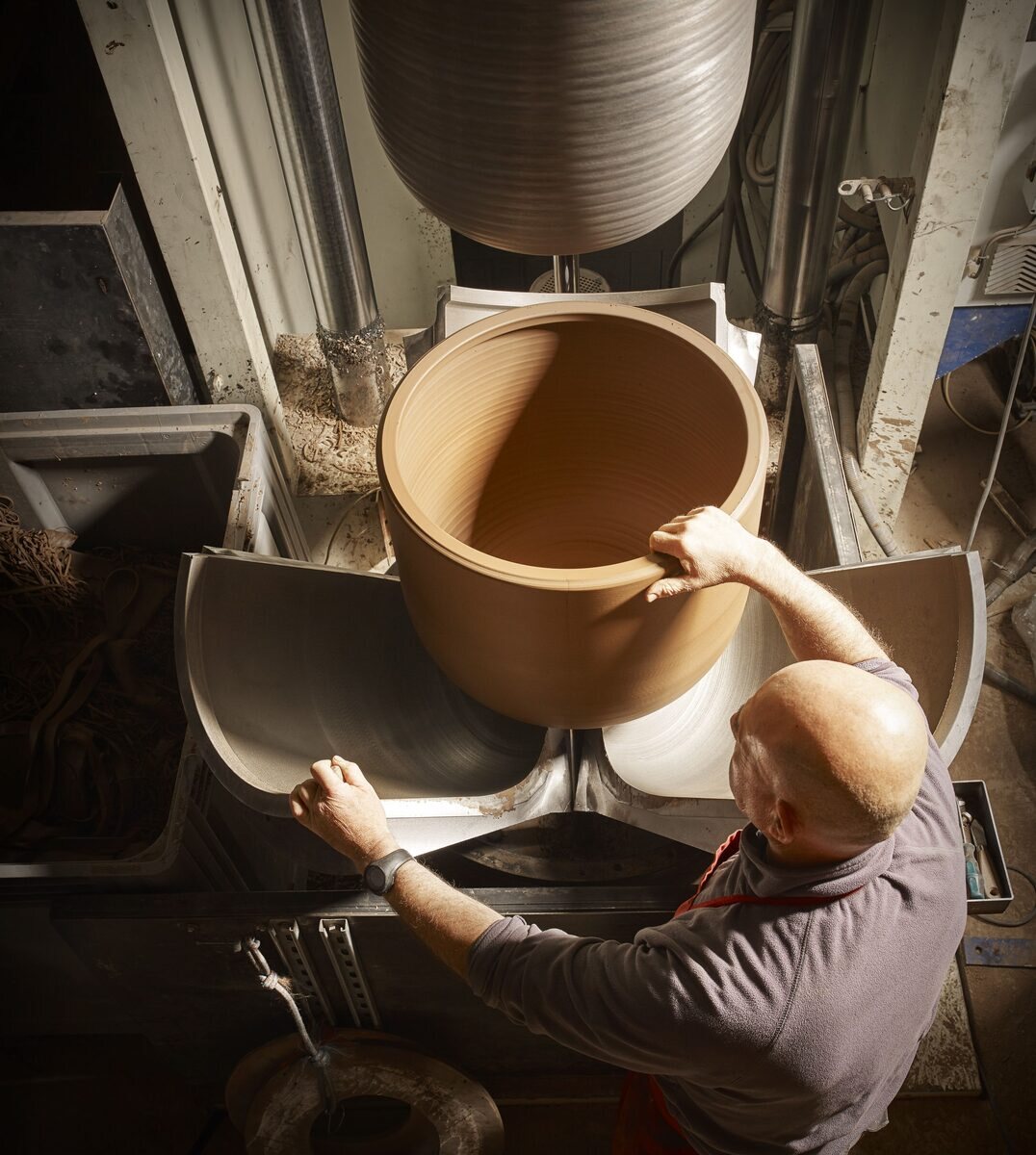
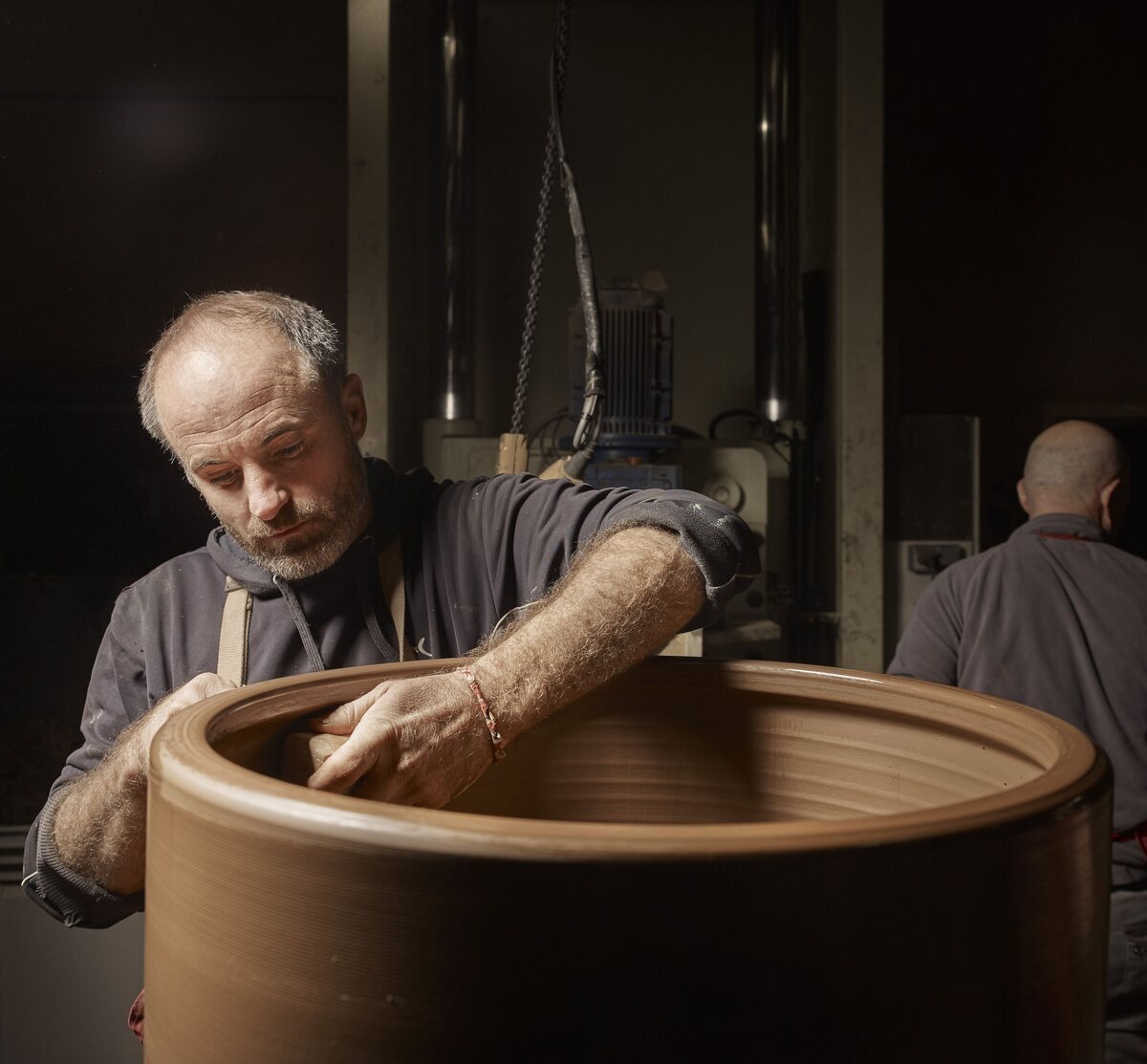
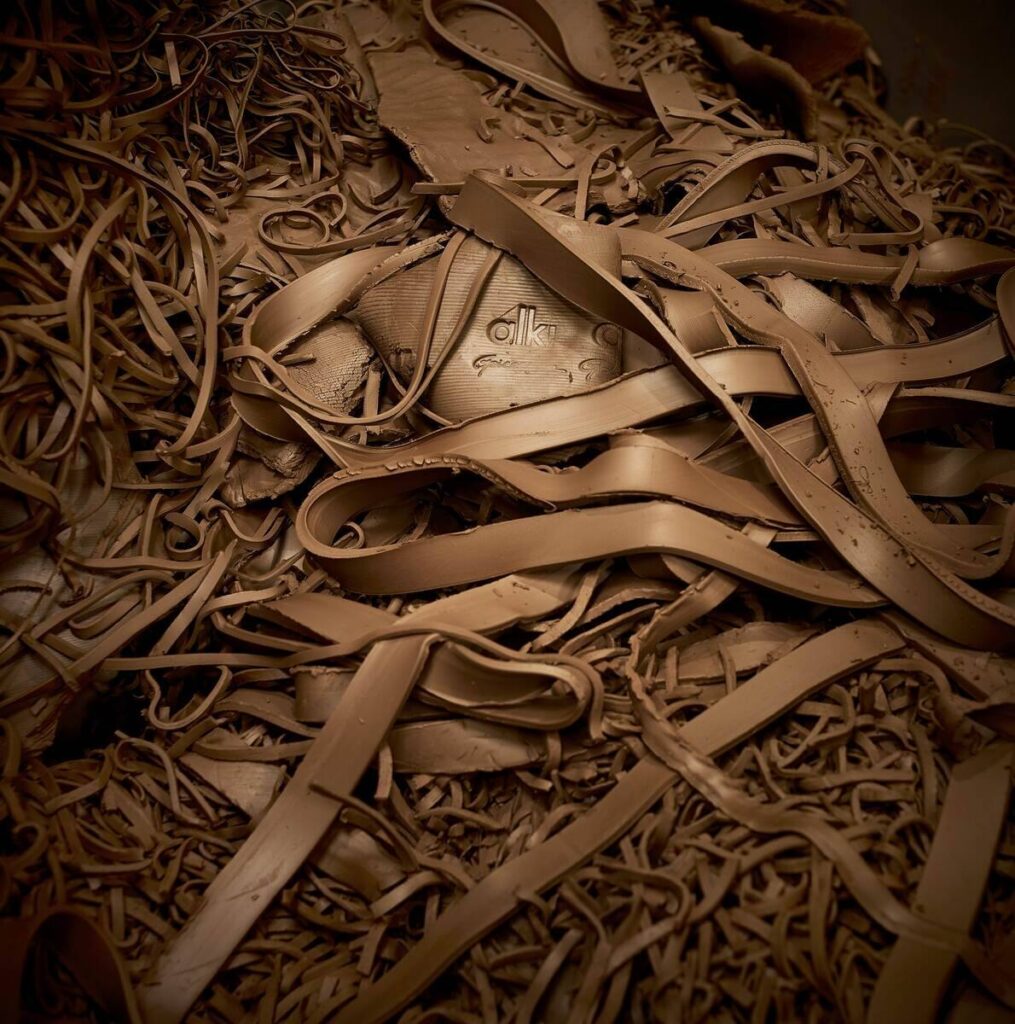
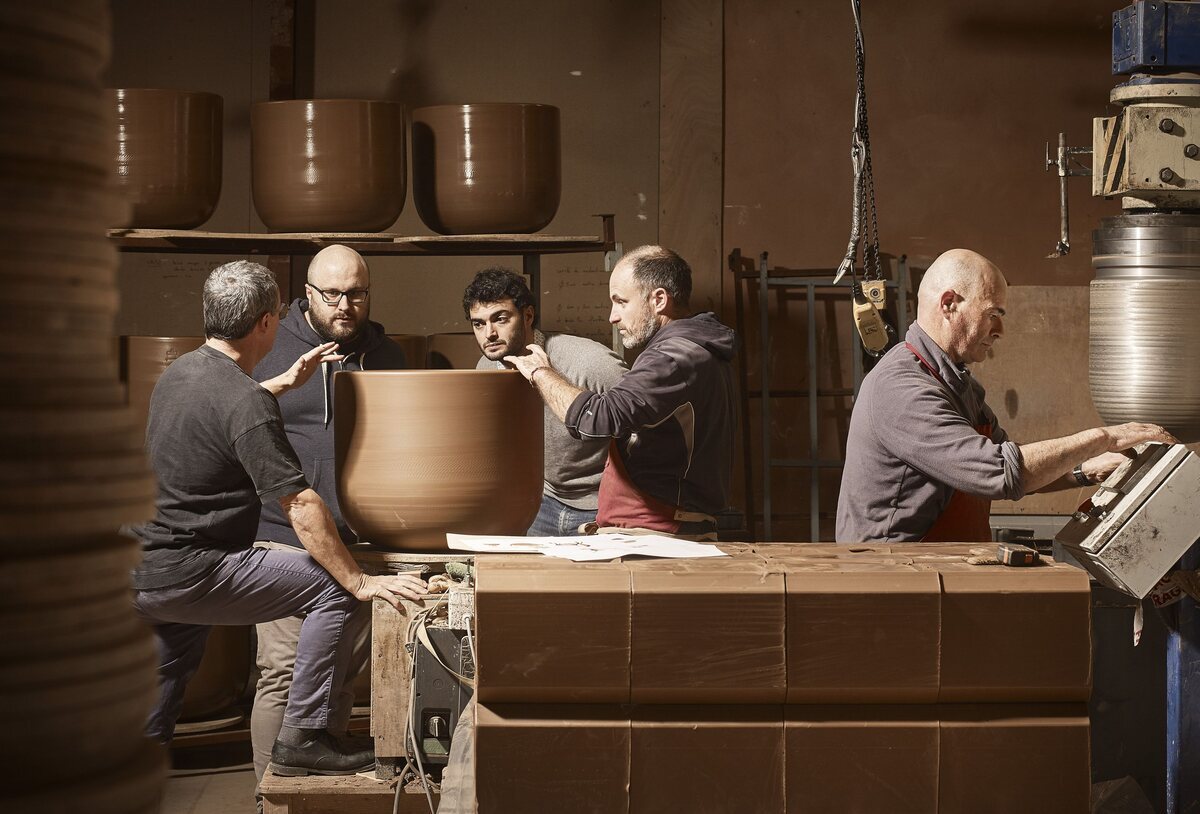
We also test materials together. Oak with brushed steel. Linen with ceramics. Stone with powder-coated metal. Some combinations feel natural. Others don’t. We only move forward when it feels effortless — when the piece doesn’t need to explain itself.
Every product page shows the final result, but what you’re seeing is a long chain of edits. A process that values simplicity but requires a lot of complexity to get there. That’s what design is to us — not adding more, but removing what doesn’t need to be there.
If you’ve ever looked at a Furnistør piece and thought it feels quiet, it’s because we spent a long time making it that way.
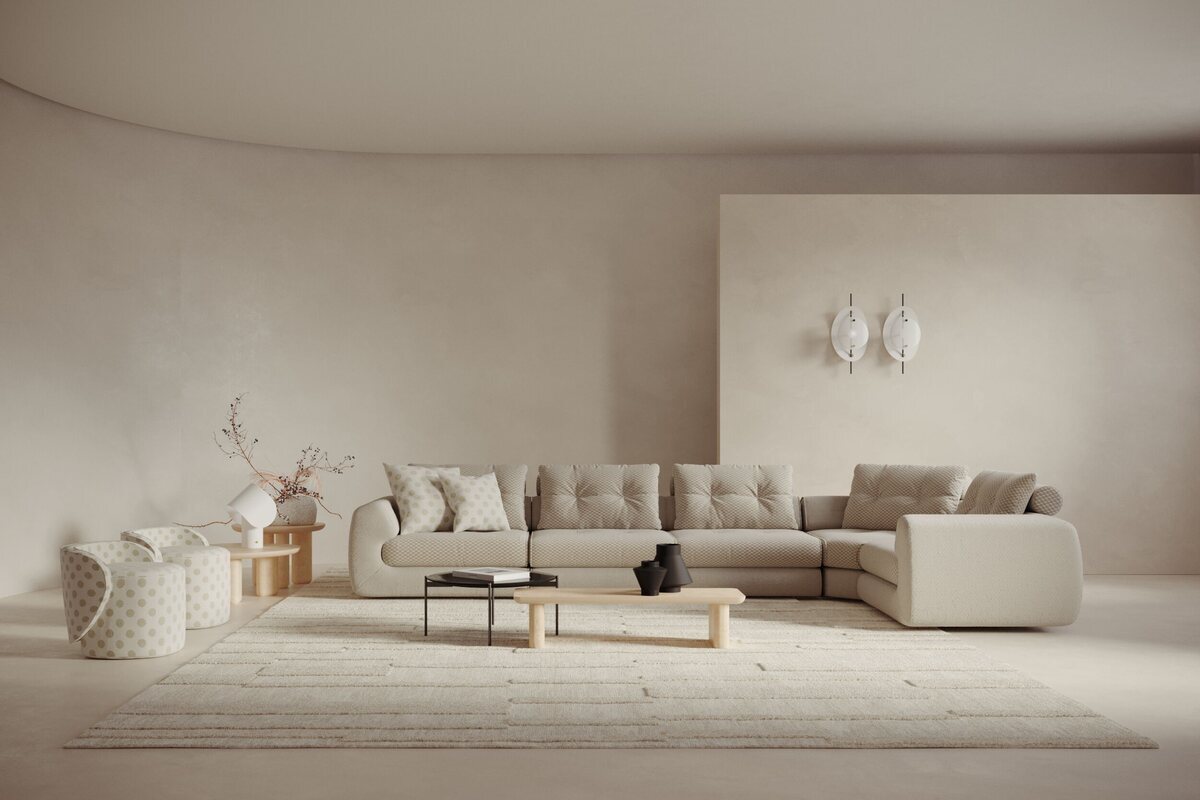
 Elementor
Elementor

2 Comments
Join the discussion and tell us your opinion.
This article was a design lover’s dream. The spotlight on classics was both nostalgic and educational.
Now I finally know where that lounge chair design came from. Love the heritage angle.